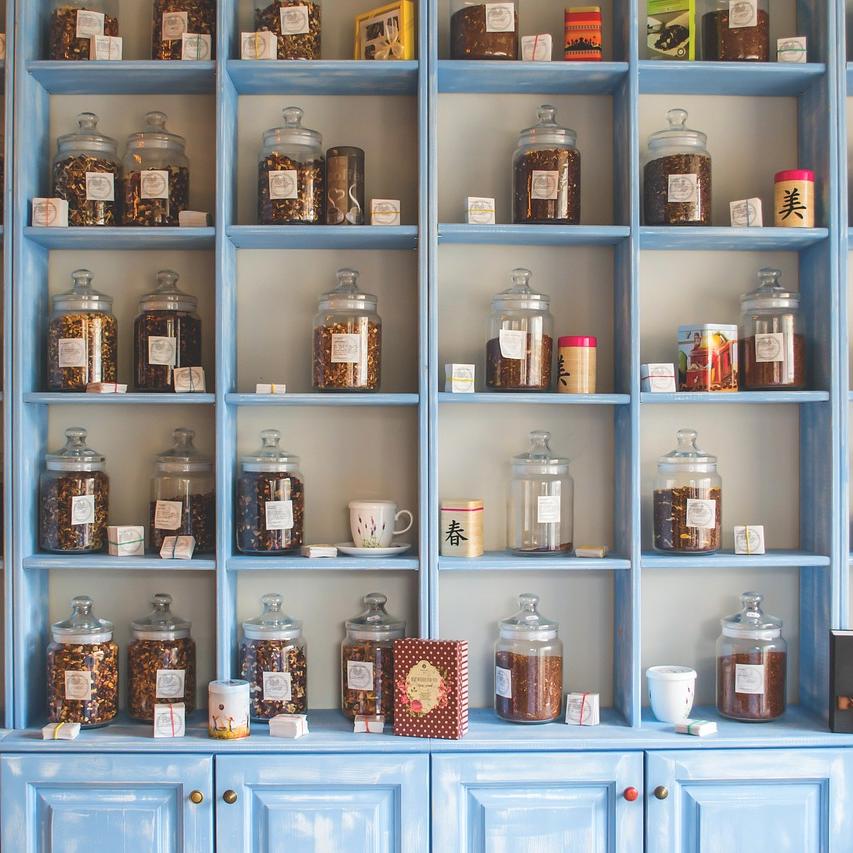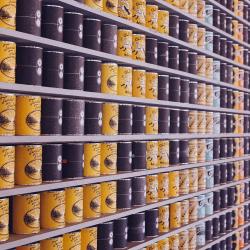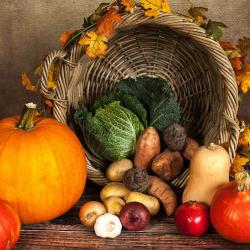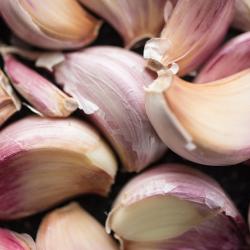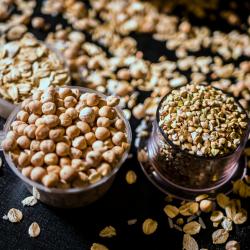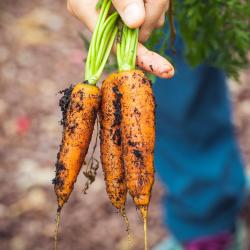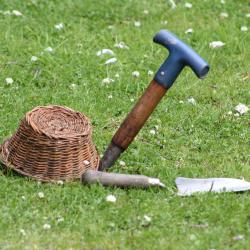How to Store and Preserve Herbs for Year-Round Use
Fresh herbs can elevate any dish from ordinary to extraordinary with their vibrant flavors and aromatic qualities. However, anyone who has tried to cultivate or purchase fresh herbs knows they can be fleeting, often wilting away before they've had a chance to be fully utilized. Knowing how to effectively store and preserve herbs can ensure their longevity, allowing you to enjoy their fresh taste all year round. Here’s a comprehensive guide on various techniques to store and preserve herbs for prolonged use.
- Drying Herbs
Drying is one of the oldest methods of preserving herbs. It’s simple, requires minimal equipment, and effectively retains the herbs’ flavor.
-
Air Drying: Ideal for herbs with low moisture content like rosemary, thyme, and oregano. Gather the herbs into small bunches, tie the stems together, and hang them upside down in a dark, well-ventilated area away from direct sunlight. Once the leaves crumble easily, they're fully dried and ready for storage.
-
Oven Drying: Preheat your oven to its lowest temperature setting. Spread the herbs in a single layer on a baking sheet and place them in the oven, leaving the door slightly open to allow moisture to escape. Check every 30 minutes until thoroughly dry.
-
Dehydrator: This tool provides consistent, gentle heat and is efficient for herbs with higher moisture content like basil or mint. Follow the manufacturer’s instructions for the best results.
Store dried herbs in airtight containers in a cool, dark place. Crushing them as needed will help retain their flavor over time.
- Freezing Herbs
Freezing is a superb method for preserving herbs with a high moisture content, such as basil, chives, and parsley, as it maintains their fresh flavor better than drying.
-
Whole Leaf Freezing: Wash and thoroughly dry the herbs, then spread them in a single layer on a baking sheet. Once frozen, transfer them into airtight bags, squeezing out as much air as possible.
-
Herb Ice Cubes: Chop herbs and place them in an ice cube tray. Fill each compartment with water or olive oil, then freeze. These cubes can be tossed directly into soups, stews, or sauces as needed.
- Herbal Pastes and Pestos
Creating pastes or pestos from fresh herbs can provide a savory punch to dishes. Process herbs with olive oil, nuts, and a bit of salt to taste, and then store in small jars or ice cube trays. Keep in the fridge for up to a week or in the freezer for several months.
- Herb-Infused Oils and Vinegars
Infusing oils or vinegars with herbs can capture their essence while offering a versatile condiment.
-
Herb Infused Oil: Gently bruise fresh herbs and immerse them in a bottle of olive oil. Store the bottle in a cool, dark place for a week to let the flavors meld. Strain the oil if desired for a cleaner look and taste.
-
Herb Vinegar: Place herbs in a sterilized jar and cover with vinegar (white wine, apple cider, or balsamic are all good options). Store in a dark place for up to a month, shaking occasionally. Strain into a clean bottle and seal tightly.
- Herb Salts and Sugars
Preserving herbs with salts and sugars can extend their shelf life and add a unique flavor to dishes or baked goods.
-
Herb Salt: Combine finely chopped herbs with coarse sea salt at a ratio of about 1 part herbs to 4 parts salt. Spread the mixture on a baking sheet to dry, then transfer to jars.
-
Herb Sugar: Perfect for adding to teas or desserts, mix sugar with aromatic herbs like lavender or mint. Store in a sealed jar to let the flavors infuse over time.
Conclusion
There’s no need to let your fragrant herbs go to waste. By using these methods to store and preserve herbs, you ensure a supply of fresh flavors throughout the year, right at your fingertips. Whether you're drying, freezing, or infusing, these techniques will help you savor the essence of fresh herbs every season. With a little preparation and care, you can transform a seasonal garden bounty into a year-round culinary delight.
